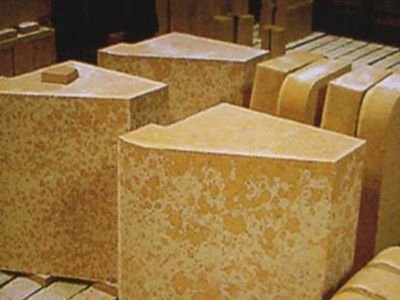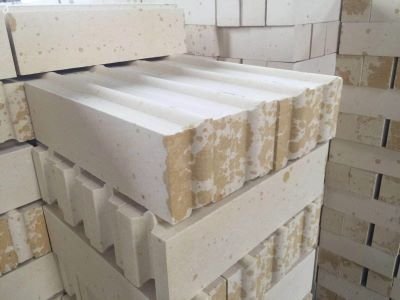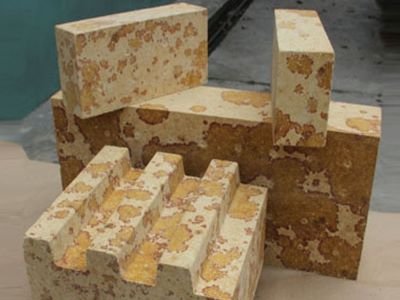Silica bricks are an essential refractory material for the high-temperature environments of industrial kilns. So, what are the advantages of silica bricks? And why are they the “only choice” for industrial kilns?
1.High temperature resistance
First and foremost, the core advantage of silica bricks lies in their exceptional high-temperature resistance.
Its main component, silicon dioxide (SiO₂), has a melting point of up to 1713°C, making its own refractoriness up to 1690-1730°C.
More importantly, in a high-temperature environment above 1000°C, its internal crystal structure will undergo a transformation, the volume will expand and fill the microscopic gaps, making the structure denser.

As a result, they can easily withstand temperatures exceeding 1400°C, commonly found in kilns in industries such as steel, glass, and cement, without softening or deforming, providing stable support for the kiln’s lining.
2.Resistance to chemical corrosion
Silica bricks are also highly resistant to acidic environments.
Industrial kilns often contain acidic slag or gases, such as molten glass in glass melting furnaces and acidic coal gas in coke ovens.
Because it is chemically inert to acids and virtually immune to corrosion, it is an ideal lining material for glass melting furnaces, coke ovens, and other applications handling acidic media.
While many other refractory materials degrade rapidly in acidic environments, it maintains stable performance over time.
3.Thermal stability and long life
Silica bricks also offer excellent thermal shock resistance.

Kiln operation often involves temperature fluctuations, and ordinary materials are susceptible to cracking and spalling due to thermal expansion and contraction.
However, silica bricks have a low coefficient of thermal expansion, and the volume expansion caused by high-temperature crystal transformations can partially offset these stresses. Combined with their excellent creep resistance, they can withstand thousands of thermal cycles without failure.
For example, the lining of a cement rotary kiln, which is subject to drastic temperature fluctuations, often has a lifespan of several years thanks to silica bricks, significantly reducing maintenance costs.
4.Economic and environmental value
Silica bricks also offer outstanding economic and environmental benefits.
On the one hand, their raw material, silica, is abundant, resulting in low processing costs. On the other hand, their extremely long service life significantly reduces replacement frequency.
More importantly, this type of brick does not release harmful substances during use and can be recycled and reused after disposal, which fully meets the needs of green and low-carbon industrial development.
This makes them a wise choice for businesses seeking to balance performance and sustainability.

In short, from high-temperature resistance and corrosion resistance to long life and high cost-effectiveness, silica bricks, with their unique combination of properties, have become an indispensable guardian of industrial kilns. Despite their relatively unknown status, they support the stable operation of high-temperature industries such as steel smelting and glass forming.
